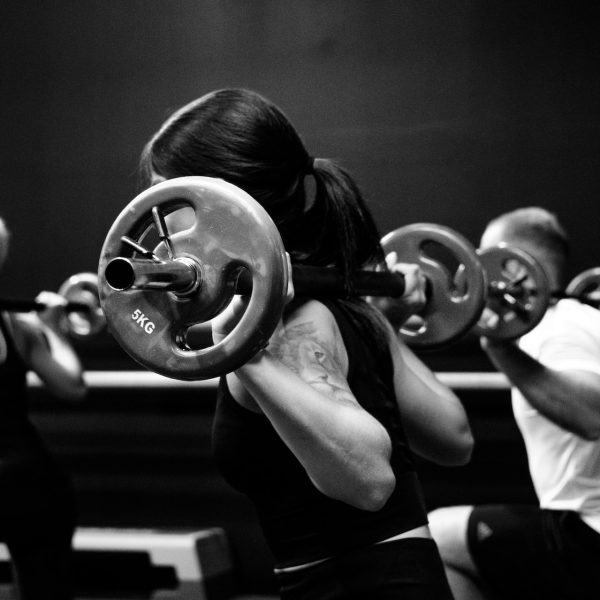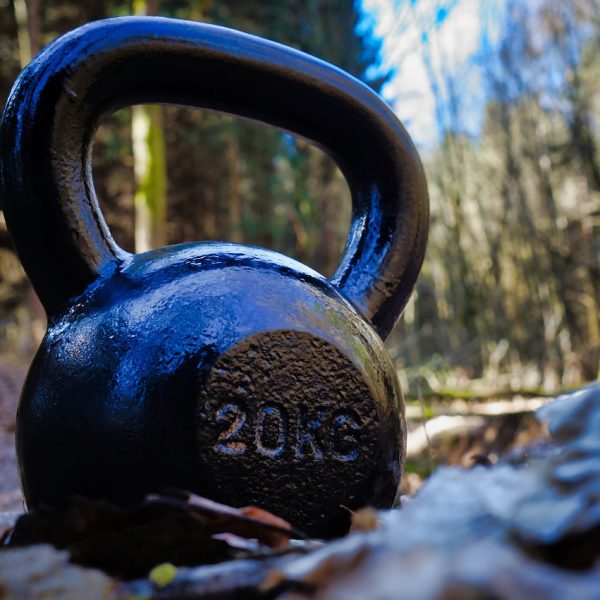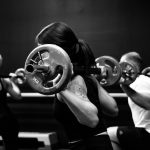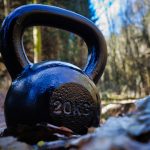Calisthenics at Home: Build Strength and Flexibility
Within the fitness domain, calisthenics emerges as a dynamic and easily accessible method for enhancing strength, flexibility, and endurance. Whether you’re starting your fitness journey or already a dedicated enthusiast, calisthenics provides a flexible and enjoyable means of exercise, relying solely on your body weight. This guide to calisthenics at home, aims to lead you first through the historical roots of calisthenics, offer actionable tips for beginners, and delve into ways you can effortlessly integrate calisthenics into your home workout routine.
The Rich History of Calisthenics:
Calisthenics has a deep historical background that spans various cultures and centuries. Its origins trace back to ancient Greece, where physical fitness held high regard. The Greeks valued movement and engaged in diverse exercises, laying the foundation for what we now know as calisthenics. The Romans also adopted this physical ethos, incorporating bodyweight exercises into their military training.
Moving ahead to the 19th century, calisthenics gained recognition as a form of physical education. Figures like Friedrich Jahn played a crucial role in developing systematic exercises that contributed to the evolution of calisthenics as we understand it today. Over time, calisthenics diversified its applications, extending beyond military training and becoming a part of the broader physical culture movement. Today, it has become a global fitness phenomenon, evolving dynamically while staying connected to its historical origins.
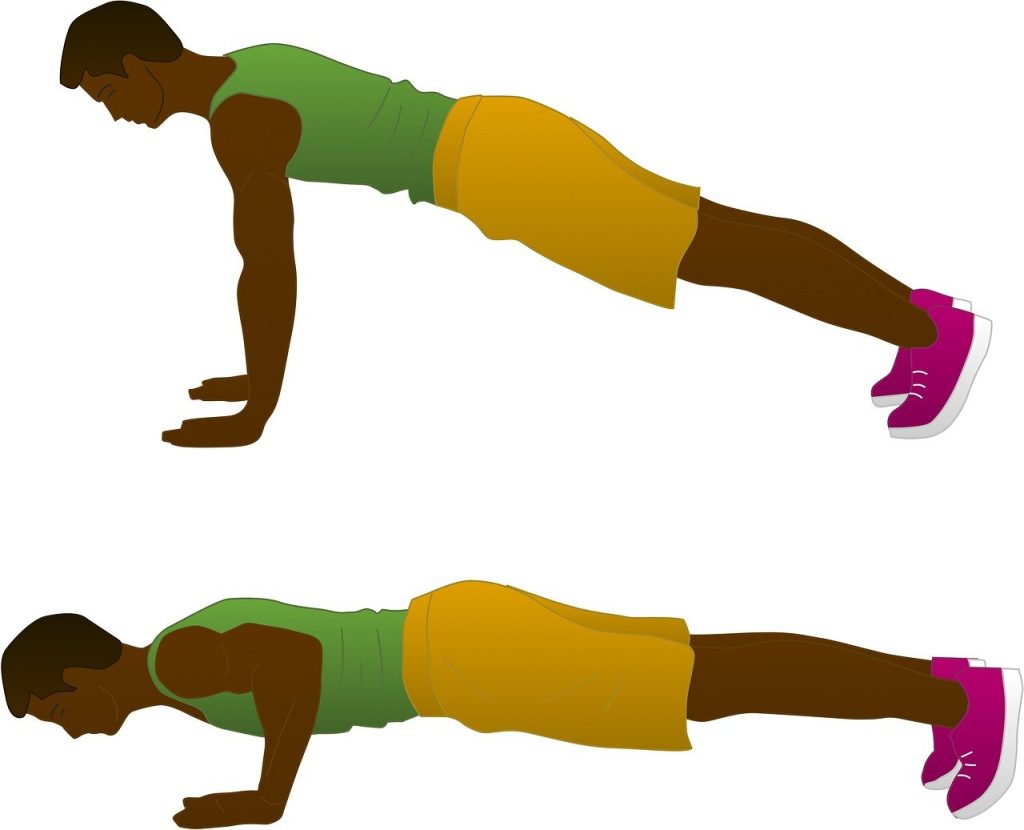
Calisthenics at Home: A Beginner’s Guide
Tips for Getting Started:
- Create a Dedicated Space:
- Designate an area in your home for calisthenics workouts. Having a dedicated space encourages consistency and helps minimize distractions.
- Invest in Basic Equipment:
- While calisthenics primarily relies on body weight, a few basic pieces of equipment can enhance your home workouts. Consider a pull-up bar, parallel bars, and a yoga mat for added comfort.
- Start with a Warm-Up:
- A proper warm-up is essential to prepare your body for exercise. Incorporate dynamic stretches and light cardio to increase blood flow and flexibility.
Beginner-Friendly Calisthenics Routine:
Now that you’ve set the stage, let’s dive into a sample beginner-friendly calisthenics routine that you can easily perform at home.
- Warm-up:
- Begin with 5-10 minutes of light cardio, such as jumping jacks or jogging in place, followed by dynamic stretches for all major muscle groups.
- Push-Ups:
- Start with 3 sets of 10-15 push-ups. Maintain a straight body position, engaging your core throughout the movement.
- Bodyweight Squats:
- Perform 3 sets of 15-20 bodyweight squats. Focus on proper form, keeping your knees aligned with your toes.
- Pull-Ups or Assisted Pull-Ups:
- Utilize a pull-up bar for 3 sets of 5-10 repetitions. If pull-ups are challenging, use a resistance band for assistance.
- Dips:
- Incorporate 3 sets of 10-15 dips using parallel bars or sturdy furniture. Ensure controlled movements for optimal effectiveness.
- Plank:
- Engage your core with 3 sets of 30-60 seconds plank holds. Maintain a straight line from head to heels.
- Lunges:
- Perform 3 sets of 10-12 lunges per leg. Take a step forward, lower your body, and push back up.
- Leg Raises:
- Conclude your routine with 3 sets of 12-15 leg raises, lying on your back and lifting your legs toward the ceiling.
Progression and Adaptation:
As you become more comfortable with the routine, consider progressing to more challenging variations. For instance, try unassisted pull-ups or increase the number of repetitions. The key is to listen to your body and gradually intensify your workouts.
Additional Considerations:
- Rest and Recovery:
- Allow adequate rest between sets and workouts to prevent overtraining. Balance is crucial for long-term success.
- Flexibility and Mobility:
- Enhance your overall fitness by incorporating flexibility exercises and mobility drills into your routine. This not only improves performance but also reduces the risk of injury.
- Variety Keeps It Interesting:
- Explore different exercises and variations to keep your routine exciting. This not only prevents boredom but also challenges your muscles in diverse ways.
- Online Resources:
- Take advantage of online platforms for guided workouts and tutorials. Many fitness enthusiasts share calisthenics routines on platforms like YouTube, providing valuable insights and motivation.
Conclusion:
Calisthenics at home is a journey that combines strength, flexibility, and creativity. By understanding the rich history of calisthenics and implementing a well-rounded routine, you can embark on a fulfilling fitness experience within the comfort of your home. Whether you’re a beginner or seasoned enthusiast, the principles of calisthenics offer a timeless and effective approach to achieving your fitness goals. So, clear some space, grab your gear, and let the transformative power of calisthenics unfold in your living room.



